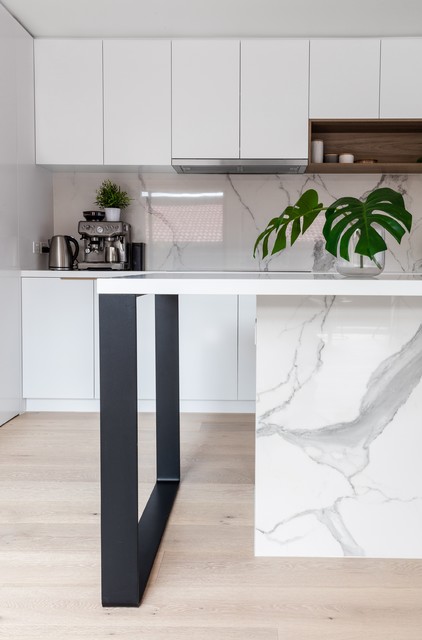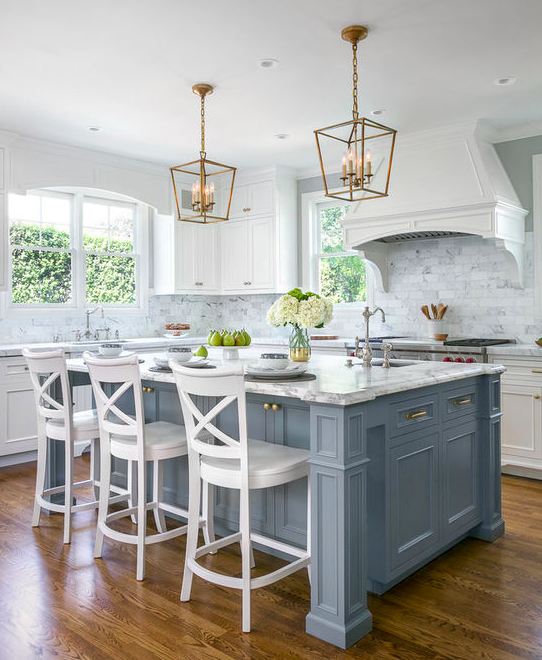The Very Best Kitchen Island Leg Options for Modern and Standard Kitchens
The Very Best Kitchen Island Leg Options for Modern and Standard Kitchens
Blog Article
Leading Considerations When Picking a Kitchen Island Leg for Modern Kitchen Area Interiors
In the world of modern kitchen area interiors, the option of a kitchen island leg is crucial, influencing both aesthetic appeals and functionality. As these aspects intertwine, they elevate additionally concerns regarding just how to accomplish the perfect equilibrium between style and practicality, leaving one to ponder the implications of each choice on the overall kitchen experience.
Material Choices
When it involves choosing a cooking area island leg, product selections play a vital role in both visual appeals and performance. kitchen island leg. One of the most usual materials include timber, metal, and composite choices, each offering distinctive advantages and possible drawbacks
Wood is favored for its heat and classic allure, giving a classic look that enhances various kitchen area styles. It is extremely flexible, enabling customization in terms of finishes and colors. Nonetheless, timber may need more upkeep to stop bending or damages from wetness.
Steel, on the other hand, brings a industrial and modern-day panache to kitchen area islands. Stainless steel and functioned iron are preferred selections, understood for their sturdiness and resistance to use. They can endure the roughness of everyday usage however might do not have the warmth related to wood.
Composite products, such as crafted timber or synthetic blends, offer a balance between price, sturdiness, and visual appeals. These alternatives are often made to simulate the appearance of all-natural products while supplying resistance to spills and scratches.
Ultimately, the option of material need to align with the general kitchen design and intended use, making certain that the cooking area island leg is both practical and aesthetically appealing.
Design And Style
The design and style of a kitchen area island leg dramatically add to the total aesthetic of the room, complementing the picked material. When selecting the leg design, consider the architectural style of the kitchen area. For example, sleek, minimalist legs constructed from stainless steel or acrylic harmonize with contemporary designs, while ornate, turned timber legs boost traditional or farmhouse aesthetics.
In addition, the coating of the leg can influence the visual effect; a sleek chrome or matte black finish may evoke modern-day style, while troubled wood talks with rustic appeal. The leg's form likewise plays a critical function-- straight, angular kinds share a more commercial feeling, whereas conical or curved legs introduce a softer, a lot more inviting look.
Integrating decorative components, such as decorations or carvings, can add individuality and personality to the kitchen island, additional improving its role as a centerpiece. Eventually, the picked leg design need to not just align with the overall cooking area design but additionally show the home owner's individual taste, making sure that the cooking area island becomes a unified and functional centerpiece within the modern kitchen area inside.
Elevation and Proportions
Attaining the best height and proportions for a kitchen island leg is essential for both performance and aesthetic appeals. Cooking area islands normally vary in height from 28 to 36 inches, relying on their intended usage-- whether as a cooking surface area, eating area, or office. Standard kitchen counter height is about 36 inches, making it essential that the legs you select complement this elevation to supply a smooth, incorporated appearance.
Proportions also play a vital function in the visual equilibrium of the kitchen. A slender leg may be suitable for a minimalistic or modern island, while an extra significant leg might be required for rustic or conventional styles.
When selecting the height and proportions of the kitchen area island leg, remember the general layout theme of your kitchen. This attention to information not only enhances the capability of the space yet additionally adds to a cohesive and visually enticing interior decoration.
Security and Support
Constantly ensuring stability and assistance in cooking area island legs is vital for both safety and security and functionality. A well-constructed kitchen island have to hold up against everyday usage, consisting of weight from home appliances, food prep work, and celebrations. The option of legs ought to prioritize durable products and layouts that can offer adequate support.
When reviewing security, think about the leg's product-- wood, aluminum, or steel frequently offer premium strength compared to lighter alternatives. Additionally, the layout needs to include a broad base to distribute weight uniformly and reduce the risk of tottering or tipping. As an example, legs made with an A-frame or cross-bracing can considerably enhance stability.

Incorporating these considerations will certainly not only improve the total safety and security of the cooking area room but likewise boost the long life and performance of the kitchen island, making it a useful focal point in modern kitchen insides.
Finishing Touches
When it pertains to finishing a kitchen island, thoughtful finishing touches can significantly enhance both its aesthetic appeal and performance. Selecting the ideal leg style is vital, but complementing it with appropriate original site information can transform the entire area. Consider including ornamental components such as toe kicks or baseboards that match the cabinetry or flooring to develop a smooth look.

Last but not least, the option of finishes plays a crucial duty in linking the design together. Whether deciding for a matte, shiny, or textured coating, ensure that it aligns with the general theme of your cooking area. A cohesive color palette and product selection will raise the kitchen island, making it a captivating prime focus. By focusing on these completing touches, homeowners can develop a cooking area island that is both functional and attractive, accommodating their way of living and layout choices.
Verdict

In the realm of contemporary kitchen interiors, the selection of a kitchen area island leg is pivotal, affecting both aesthetics and capability.The style and layout of a kitchen island leg dramatically contribute to the total visual of the space, matching the selected product.Achieving the best elevation and percentages for a cooking area island leg is essential for both capability and looks.Constantly making certain stability and assistance in kitchen island legs is vital for both security and capability.In summary, picking a kitchen island leg for contemporary insides calls for mindful factor to consider of material selections, design style, height, proportions, and stability.
Report this page